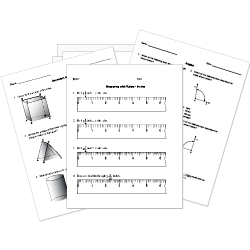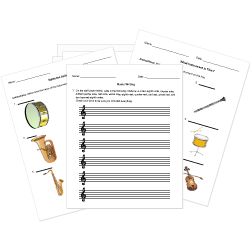Electron Transitions (College)
Print Test
(Only the test content will print)
| Name: | Date: |
|---|
Printable & online resources for educators
JOIN FOR FREE
NOTE: Only your test content will print.
To preview this test, click on the File menu and select Print Preview.
| Name: | Date: |
|---|








Unlimited premium printables Unlimited online testing Unlimited custom tests
Learn More About Benefits and Options